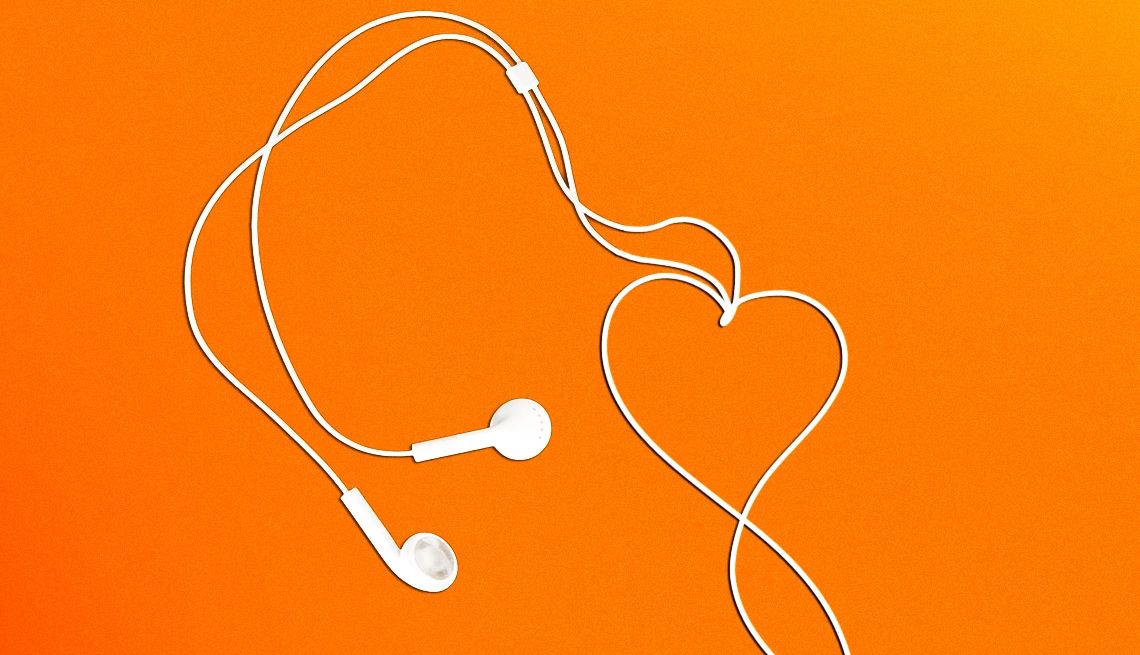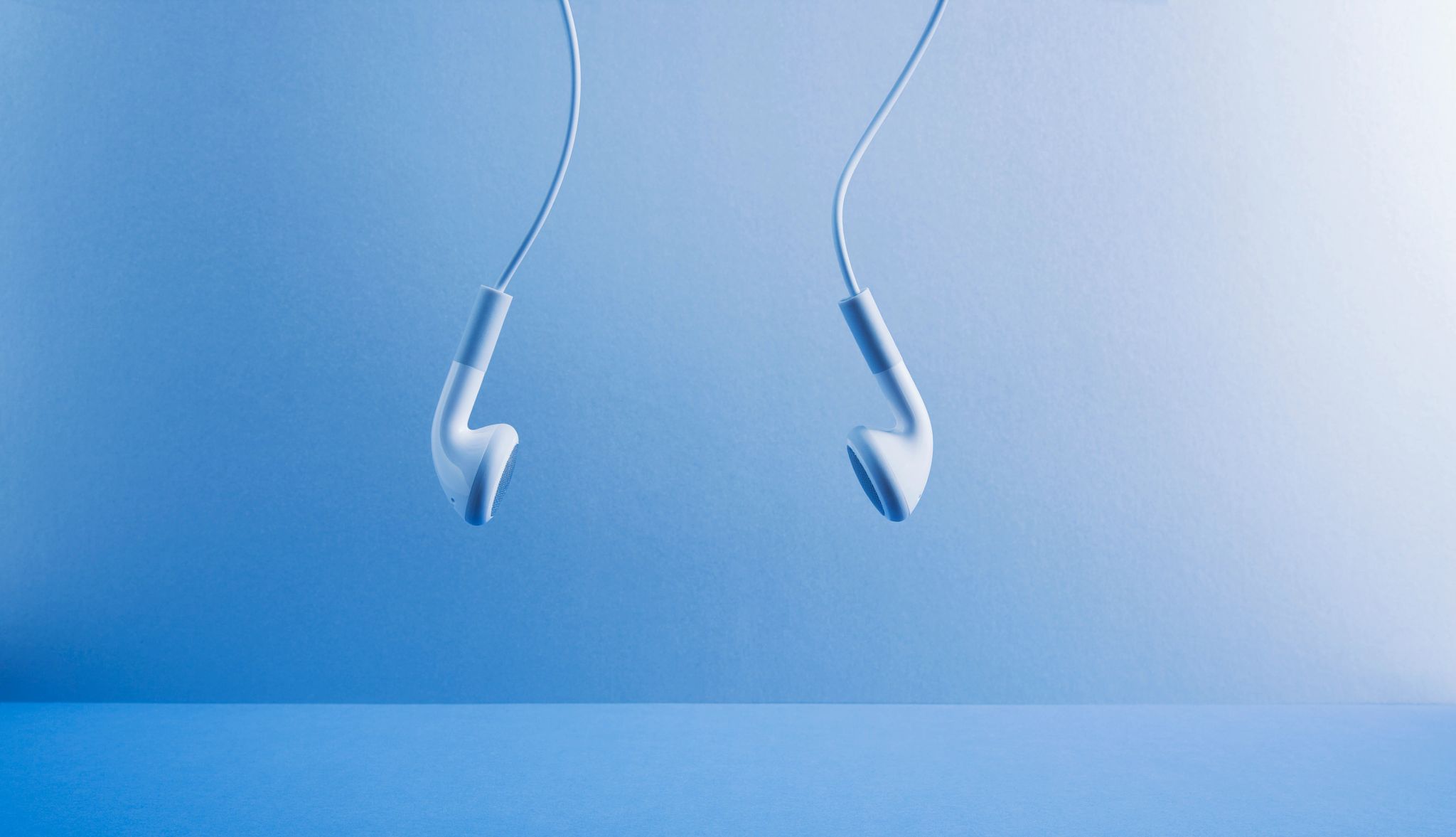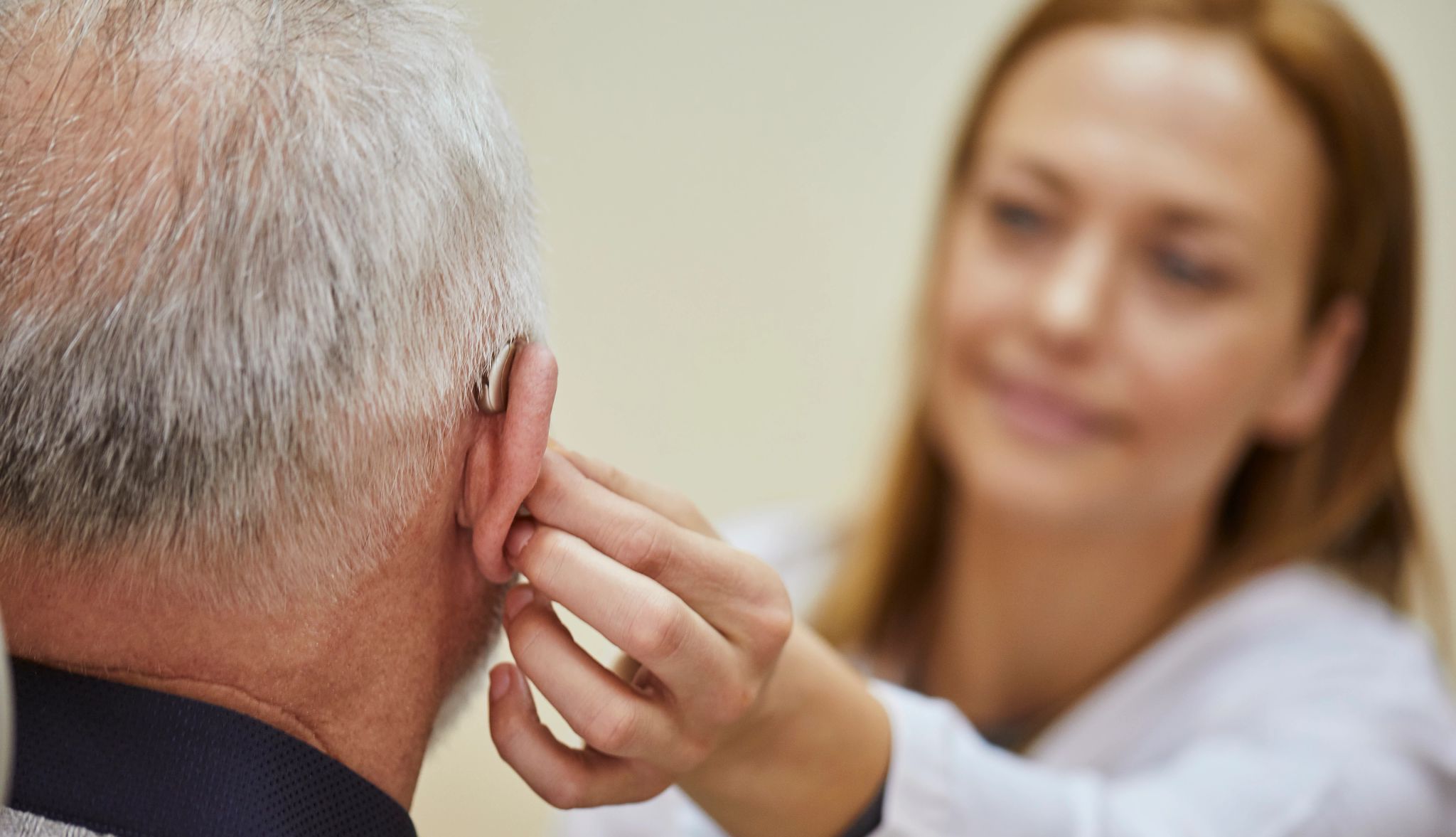AARP Hearing Center


Your ears aren’t just for hearing. They’re also responsible for keeping you balanced as you move through your day, and they play an important role in safeguarding your well-being in other ways as well, keeping your brain sharp and tuned into your environment and to others in your world. By one estimate, 38 million Americans have some degree of hearing loss — including about 1 in 3 65-year-olds and nearly 3 out of 4 people age 75 or older. Noise exposure, aging, medications and other health conditions can all contribute to the problem. But many Americans with hearing loss aren’t aware they have it, and the condition can put you at higher risk for depression, social isolation, falls or dementia by depriving your brain of necessary auditory stimulation and information.
Happily, there are steps you can take to help preserve the hearing you’ve got — and new, more accessible technologies to make up for what you may lack. Here’s what to know about taking care of the two amazing organs on opposite sides of your head.
WHERE TO START
1. Protect yourself at home
About 29 percent of people in their 40s, 27 percent in their 50s and 21 percent in their 60s live with some degree of noise-induced hearing loss, according to the U.S. Centers for Disease Control and Prevention. This loss is caused by damage to the tiny hair cells in your inner ear that transmit sound signals to your brain. Exposure to sounds over 75 decibels (dB) raises your risk of a noise-induced loss, and it doesn’t only happen at rock concerts.
Household devices that can endanger your hearing include leaf blowers, lawn mowers and chain saws, as well as hair dryers, blenders and food processors. “If you can’t hear someone just a few feet away or have to raise your voice for them to hear you, a sound is too loud,” says Patricia Gaffney, professor of audiology at Nova Southeastern University in Fort Lauderdale, Florida, and president of the American Academy of Audiology. Short bursts of really loud sounds raise risk, but so does repeated exposure to everyday sounds like a noisy vacuum cleaner.
If you can’t afford to spring for quieter equipment, you can protect your hearing by standing farther away from short-term, loud sounds (like a blender). Wear ear plugs or protective earmuffs for longer exposures, Gaffney suggests. Either plugs or muffs can reduce noise volume by 15 to 30 dB. And if you’ll be exposed to extremely loud sounds for a long period of time — for example, during a day of yard work with power equipment — wear both earplugs and earmuffs.
If you’ve gone unprotected until now, don’t despair, says Regina Zappi, associate director of audiology practices for the American Speech-Language-Hearing Association (ASHA) and a clinical audiologist with The George Washington University Medical Faculty Associates in Washington, D.C. It’s never too late to protect your hearing, she counsels.
A note: Noise-canceling headphones can be helpful for listening to music or podcasts at a safe volume, but they aren’t a good option for blocking high-volume sound, says Devin L. McCaslin, chief of audiology at Michigan Medicine and professor of otolaryngology — head and neck surgery at the University of Michigan Medical School. “They are designed to cancel background noise that may be competing with what you are trying to listen to, such as a movie on a plane or music,” he says.
2. Pack plugs on the go
The world is full of loud noise these days. Movies may blast soundtracks at 74 to 104 dB; concerts and sporting events can be even louder. Sound levels in trains, buses, subways and airplane cabins can also exceed 75 dB. (Sound meter smartphone apps such as Decibel X or AudioTools can give you a rough idea of how loud your environment is.)
“Carry ear plugs and wear them when noise levels are high,” McCaslin says. For concerts, he suggests that audience members and musicians try out musician’s earplugs. These “reduce sound evenly across all frequencies, so sound quality isn’t affected,” he says. They’re made from layers of materials, like silicone, designed to uniformly reduce different frequencies of sound to “keep everything sounding the same but just at a reduced level.”
Custom-made types can work better and last longer than over-the-counter versions, he says. In some smartphones, you can also enable warnings when your sound environment hits high volumes, he says.
3. TURN. DOWN. YOUR. EARBUDS!
The volume of music, podcasts, and streaming movies and TV shows coming through earbuds or headphones can be enough to damage hair cells, according to the ASHA. Earbuds and headphones can be as loud as 136 decibels (louder than a jackhammer), but several hours of listening at a lower level can also be a problem, McCaslin says.
Set volume controls to half of your device’s top volume or less. And consider using volume limits and alerts for your phone, tablet or laptop; look for them in your device’s control center. And take listening breaks to give your ears a rest, he suggests. Do this at least once an hour; try a five-minute break every 30 minutes or a 10-minute break every hour, for example.
4. Be aware of drugs that affect hearing
Commonly used loop diuretics for high blood pressure such as bumetanide and furosemide, antibiotics like erythromycin and vancomycin, and aspirin and other nonsteroidal anti-inflammatory drugs (NSAIDs) for pain relief may affect hearing temporarily. Risk may be higher for older adults. Less is known about longer-term hearing loss from these drugs. In a 2019 study of 3,753 older adults, regular use of loop diuretics increased odds for hearing loss over 10 years by 40 percent; taking NSAIDs regularly increased risk for a worsening of existing hearing loss.
Older patients “should discuss the potential hearing-related side effects of any prescribed medication with their health care provider to fully understand the risks and explore possible alternatives if necessary,” says otolaryngologist Nedim Durakovic, M.D., assistant professor of otology/neurotology and director, Dizziness and Balance Center at Washington University School of Medicine in St. Louis.
If you must take a drug with hearing loss as a potential side effect, be alert for dizziness and roaring or whistling sounds in your ears, as well as hearing loss. If you notice hearing changes or balance problems while taking one of these drugs, tell your doctor right away. She may be able to adjust the dose, put you on another drug or monitor your hearing.
In contrast, antibiotics called aminoglycosides, such as gentamycin, and chemotherapy drugs like cisplatin and carboplatin can cause permanent hearing loss; your doctor may suggest having your hearing monitored before, during and after treatment with these. That way, you and your health care team will know if you have mild hearing loss you may not notice, but that should be monitored for future changes.
5. Keep ’em clean
It’s OK — and even encouraged — to wash the backs, lobes and bowl-like outer area of your ears with warm water on a washcloth. Don’t try to clean further in, though. This can hurt your ear canal and contribute to an ear-wax blockage.
Need an ear-hair trim? Use a trimmer designed for use in your ears and nose with a cover over the blades that’s water-resistant, so you can easily clean it, McCaslin recommends. Your barber or hairdresser can probably also trim ear hair — and may do a better job.
“They have a better angle and can see exactly what they are doing,” he says. Don’t use scissors, which could damage skin in your ear canal.
6. When it comes to wax, don’t go it alone
Nearly 1 in 5 U.S. adults – and 1 in 3 age 70 or older — have excess ear wax built up deep in their ears, according to a University of Minnesota study published in the journal Investigative Otolaryngology. The reason? Ear wax, also called cerumen, gets drier with age and doesn’t flow out of ears as readily as it once did. Ear hair also gets coarser with age, impeding wax flow.
A buildup of wax deep in the ear can lead to problems like itching, pain, a feeling of fullness and diminished hearing. If you’re having these symptoms, ask your internist about wax removal. Unless the wax has made it out of the ear canal and is sitting in your outer ear, it’s dangerous to try to remove it yourself, Zappi says. If you have ongoing issues with wax buildup, your doctor may recommend at-home care such as wax-softening ear drops.
7. Stay dry
Swimmer’s ear, a painful infection of the outer ear, isn’t just a childhood problem. In fact, older adults may face extra risk after swimming or showering, due to irritation of the ear canal from hearing aids, ear buds, overzealous cleaning and exposure to hair dyes and hair spray.
Regular swimming could quintuple your risk of ear infection, according to a 2002 University of Texas Southwestern Medical Center at Dallas study in the journal Layrngoscope. Wear a bathing cap or swimmer’s ear plugs in the pool and a shower cap if you’re not washing your hair. Afterwards, dry ears with a clean towel. Help trapped water drain by tilting your head to one side, then the other. Gently pulling on your ear lobe can help water drain by straightening out your ear canal, according to ASHA.







































































You Might Also Like
How to Convince a Partner to Get a Hearing Aid
Dr. Adam’s advice for encouraging a loved one to get their hearing tested10 Exercises to Help Keep You Healthy
Simple moves to stay strong and independent long into the future
AARP Smart Guide to Muscle Health
30 ways to maintain your strength as you age